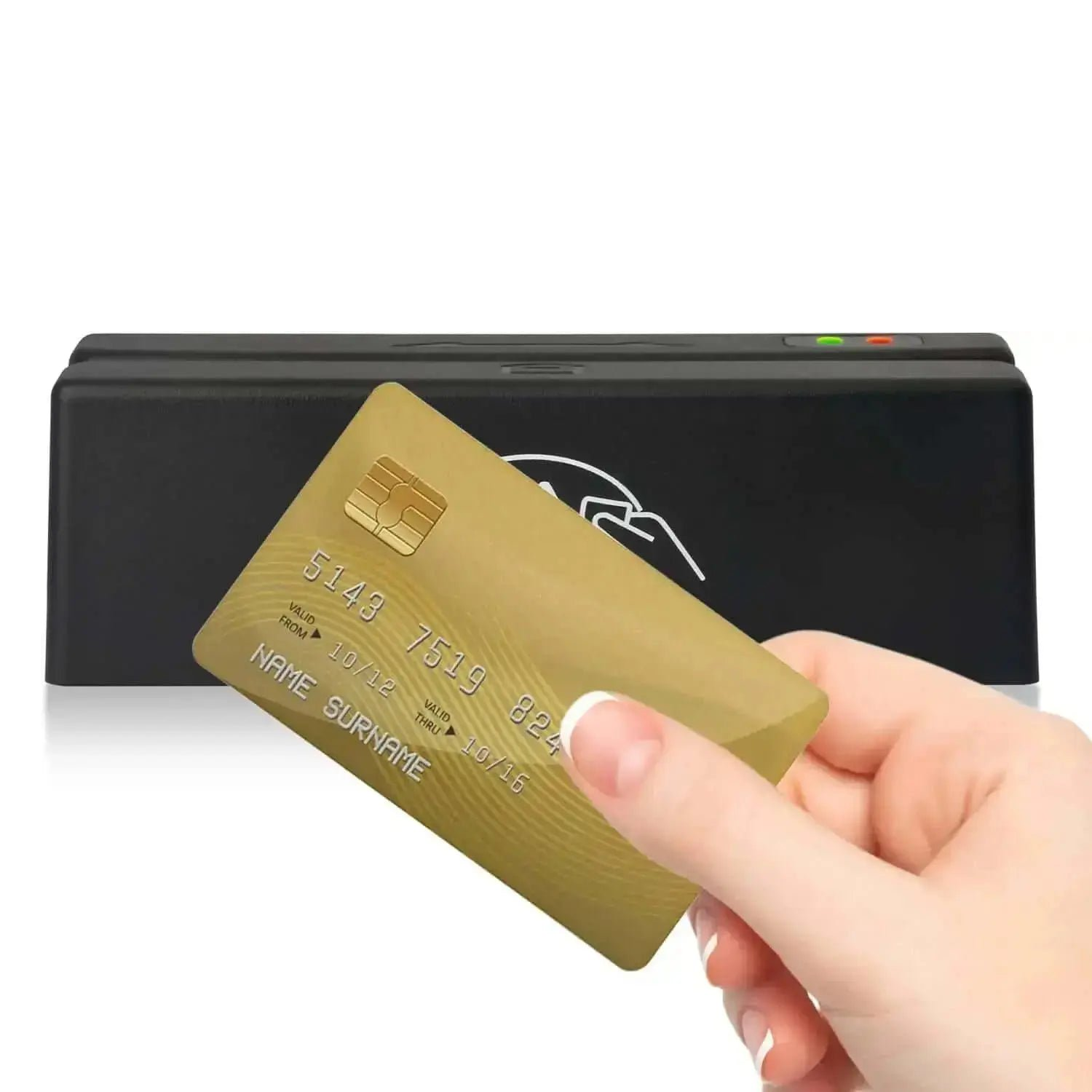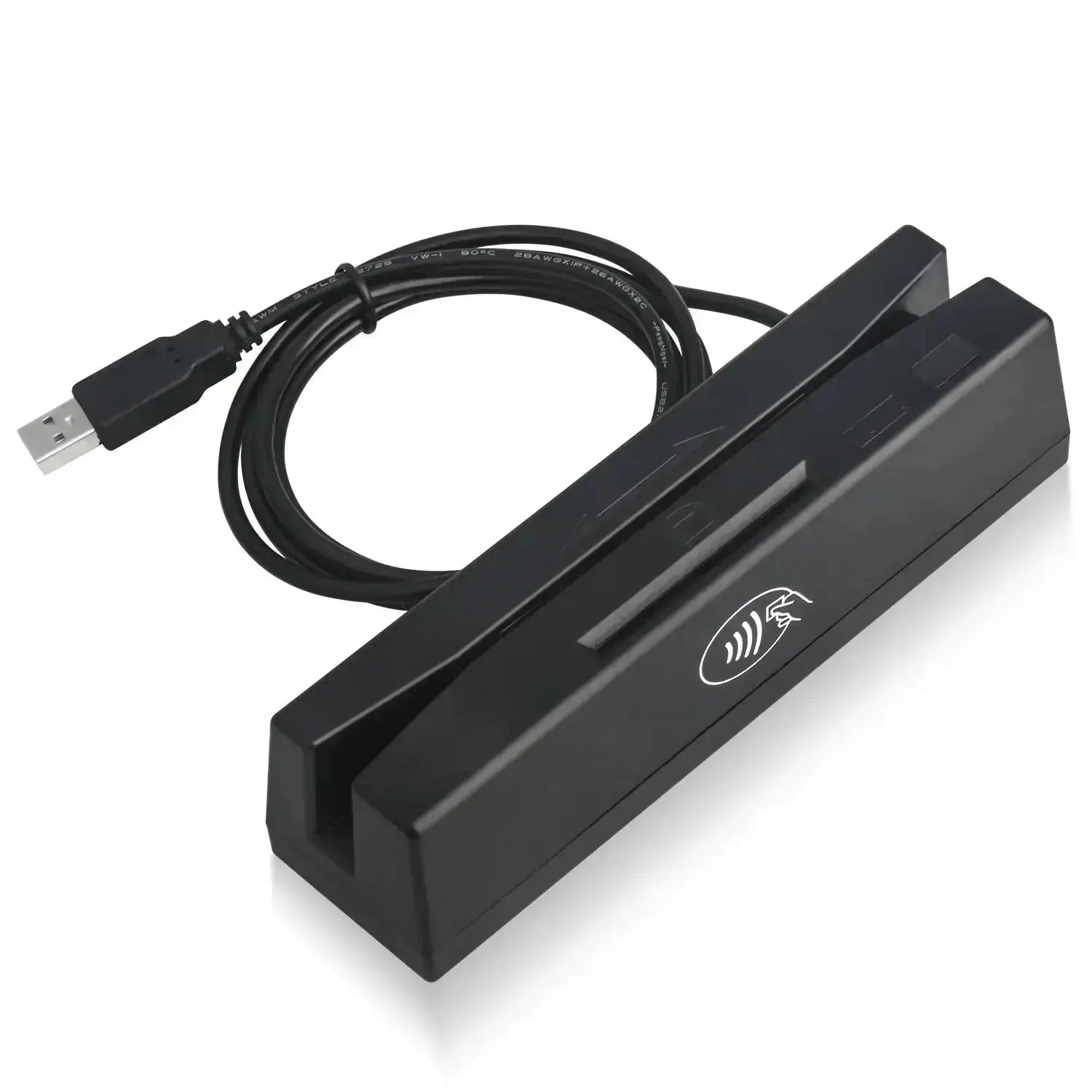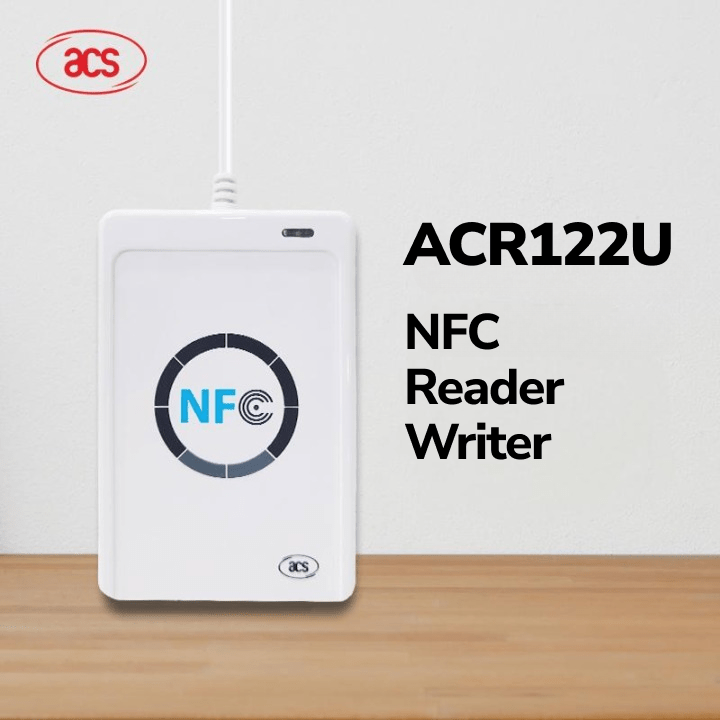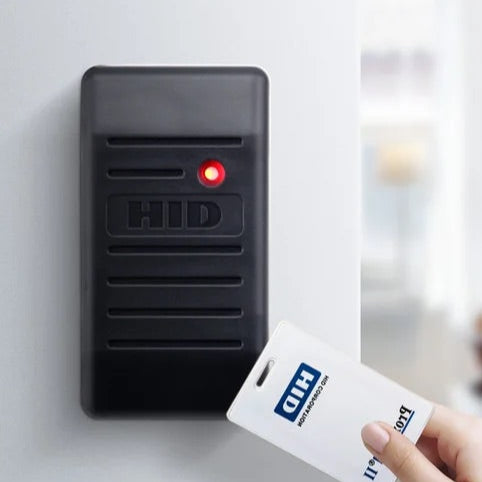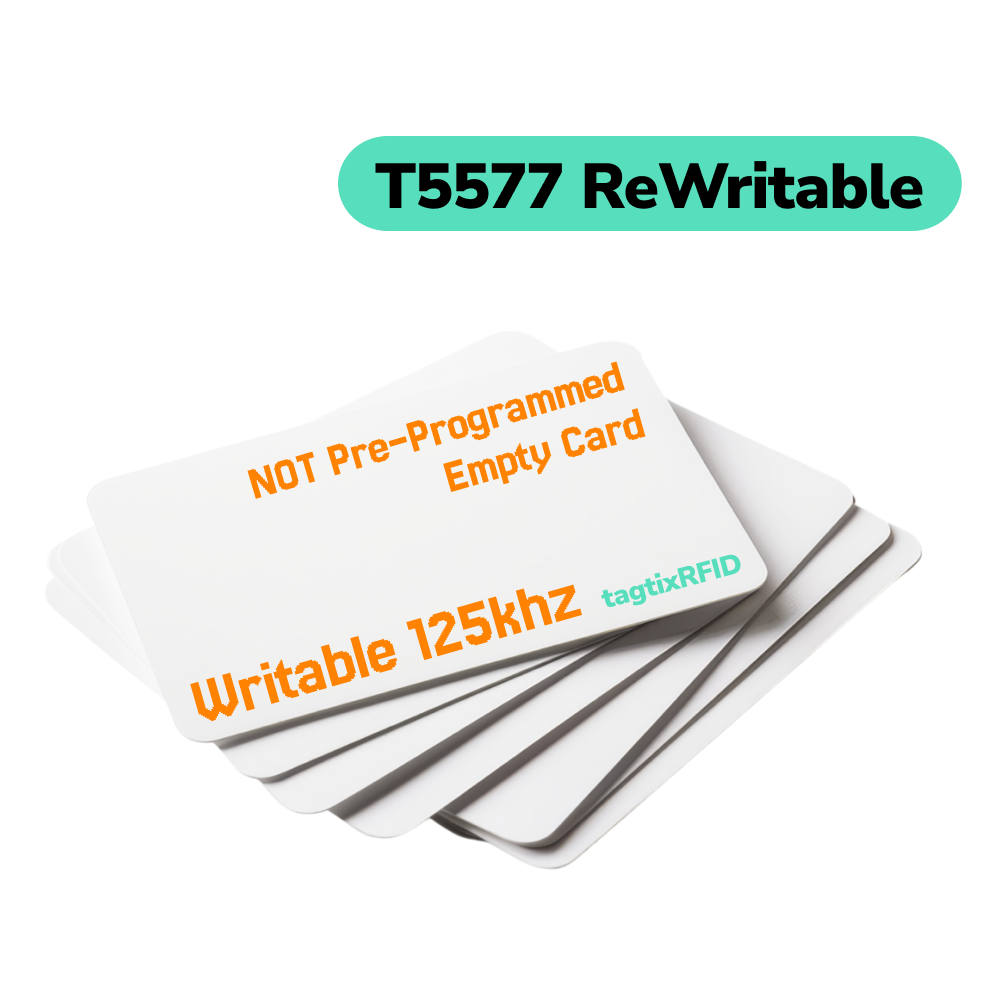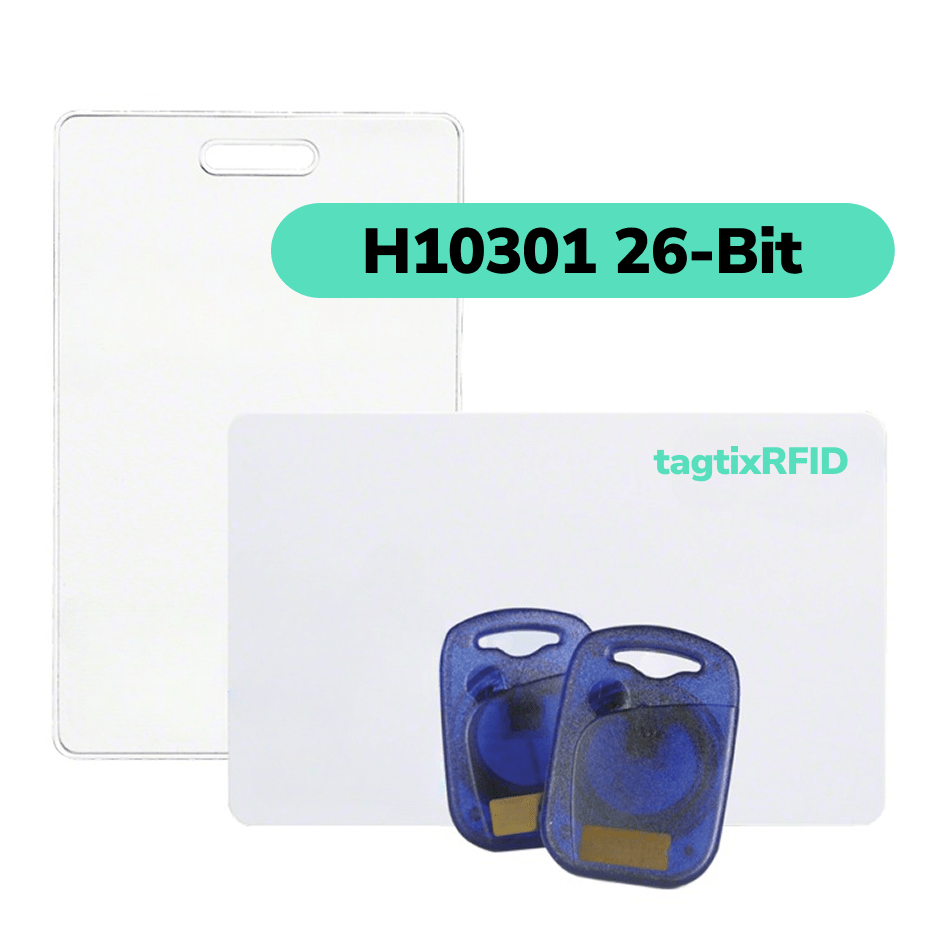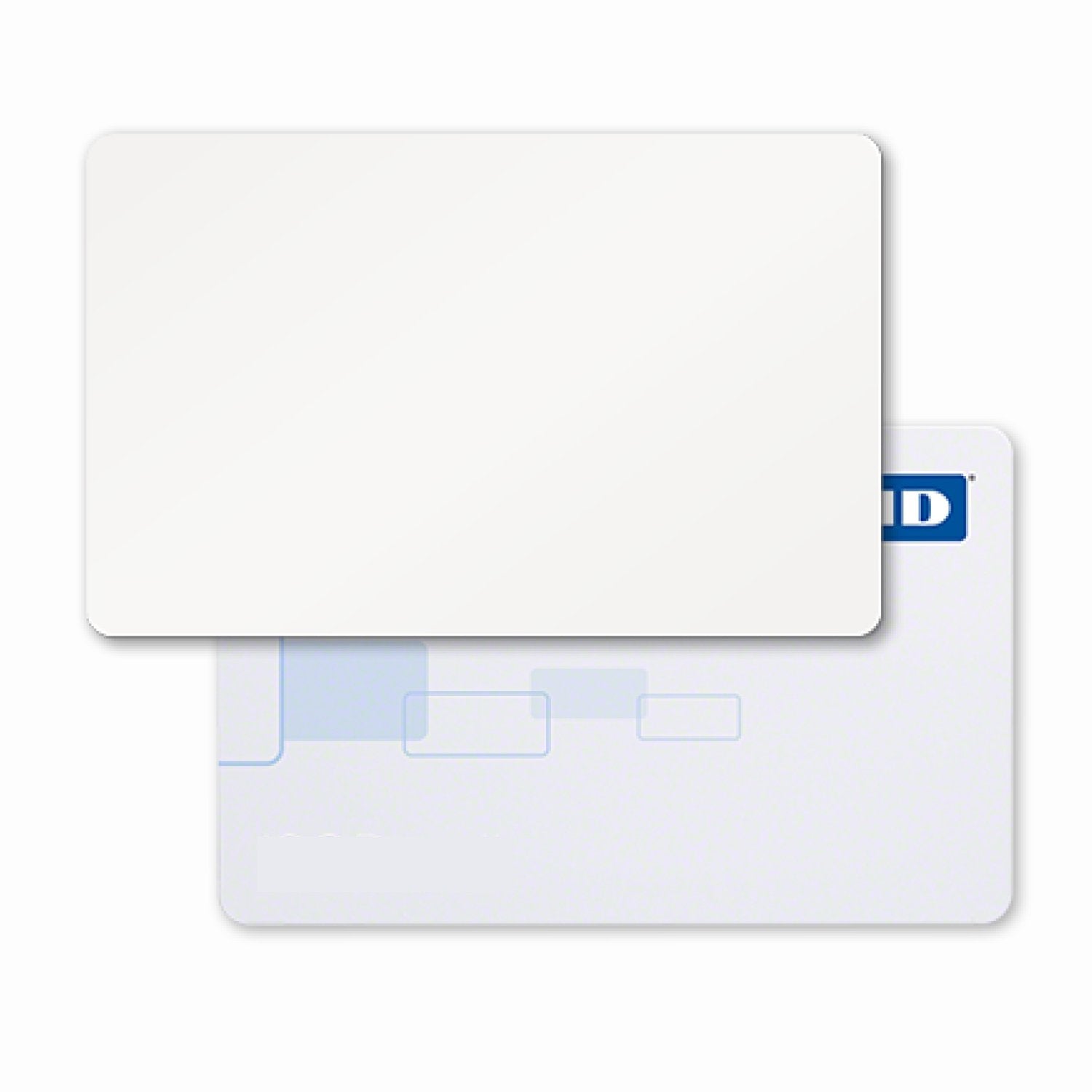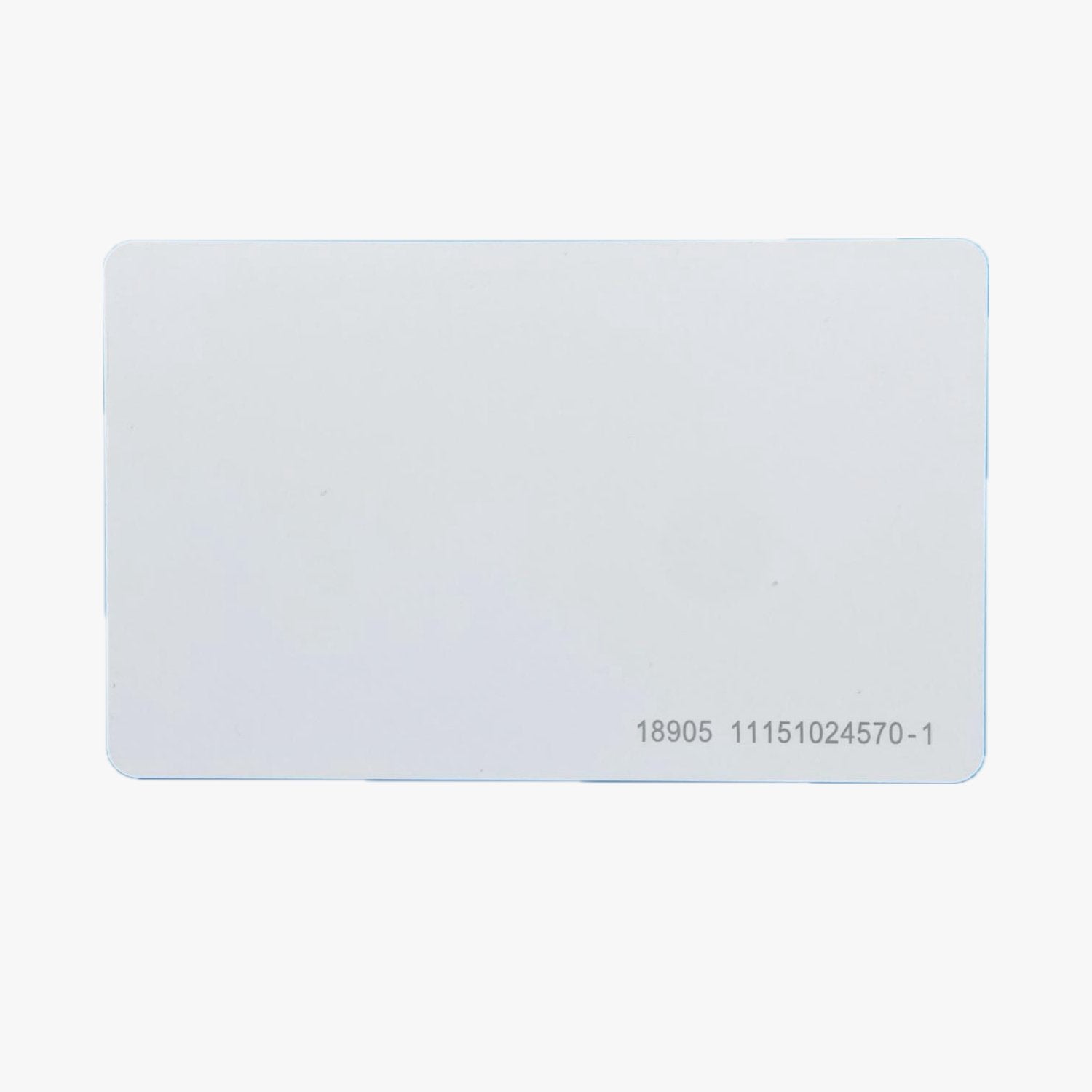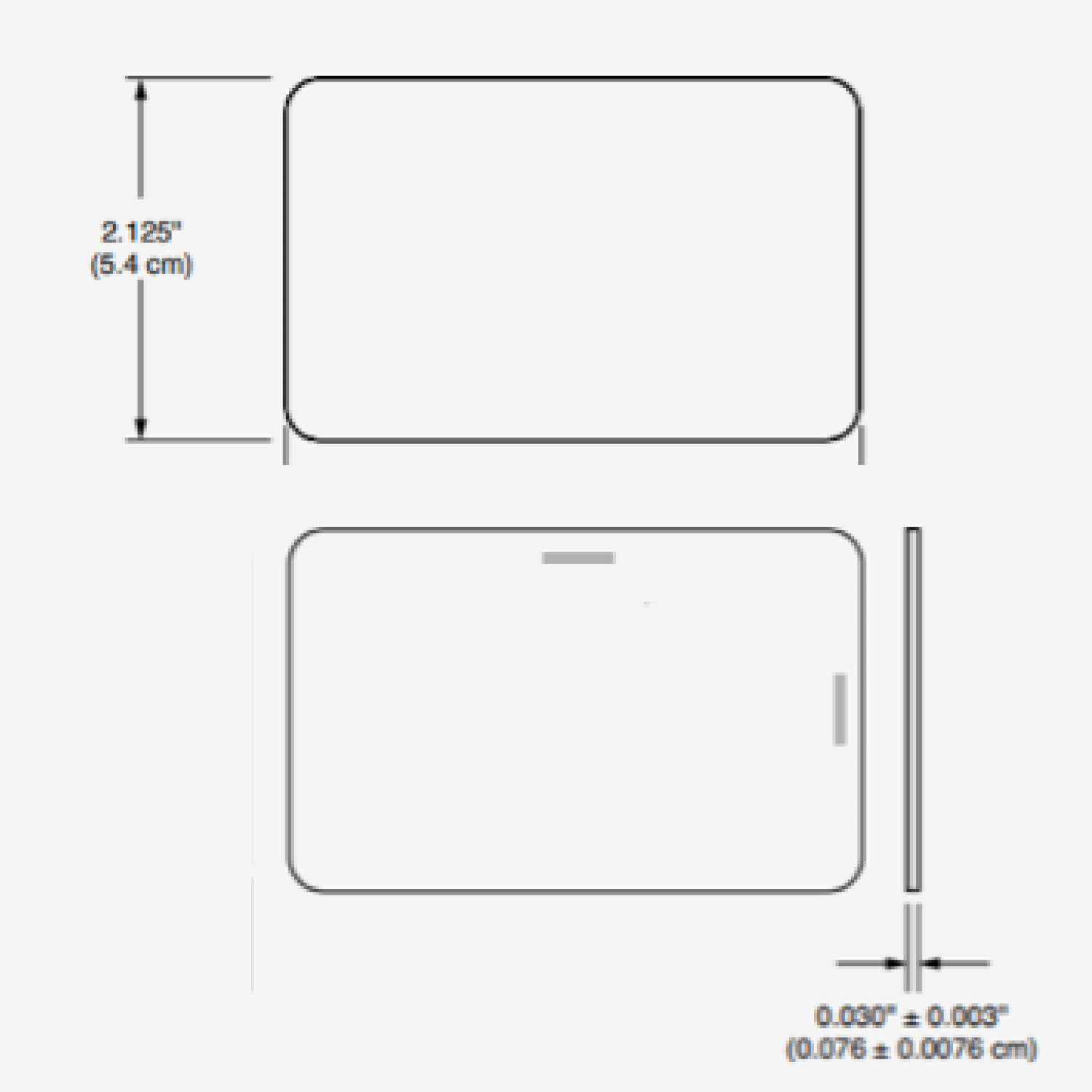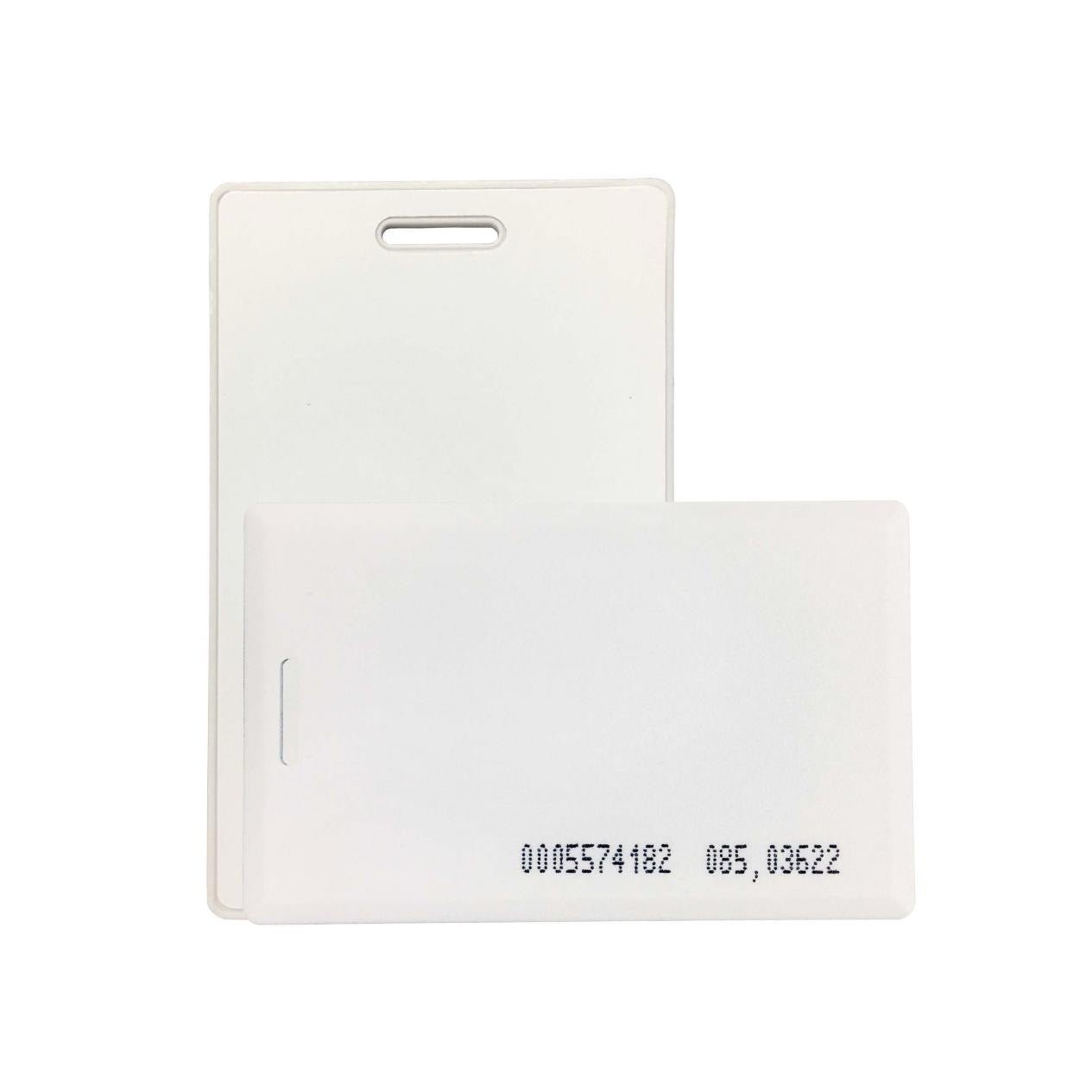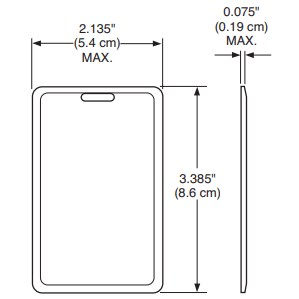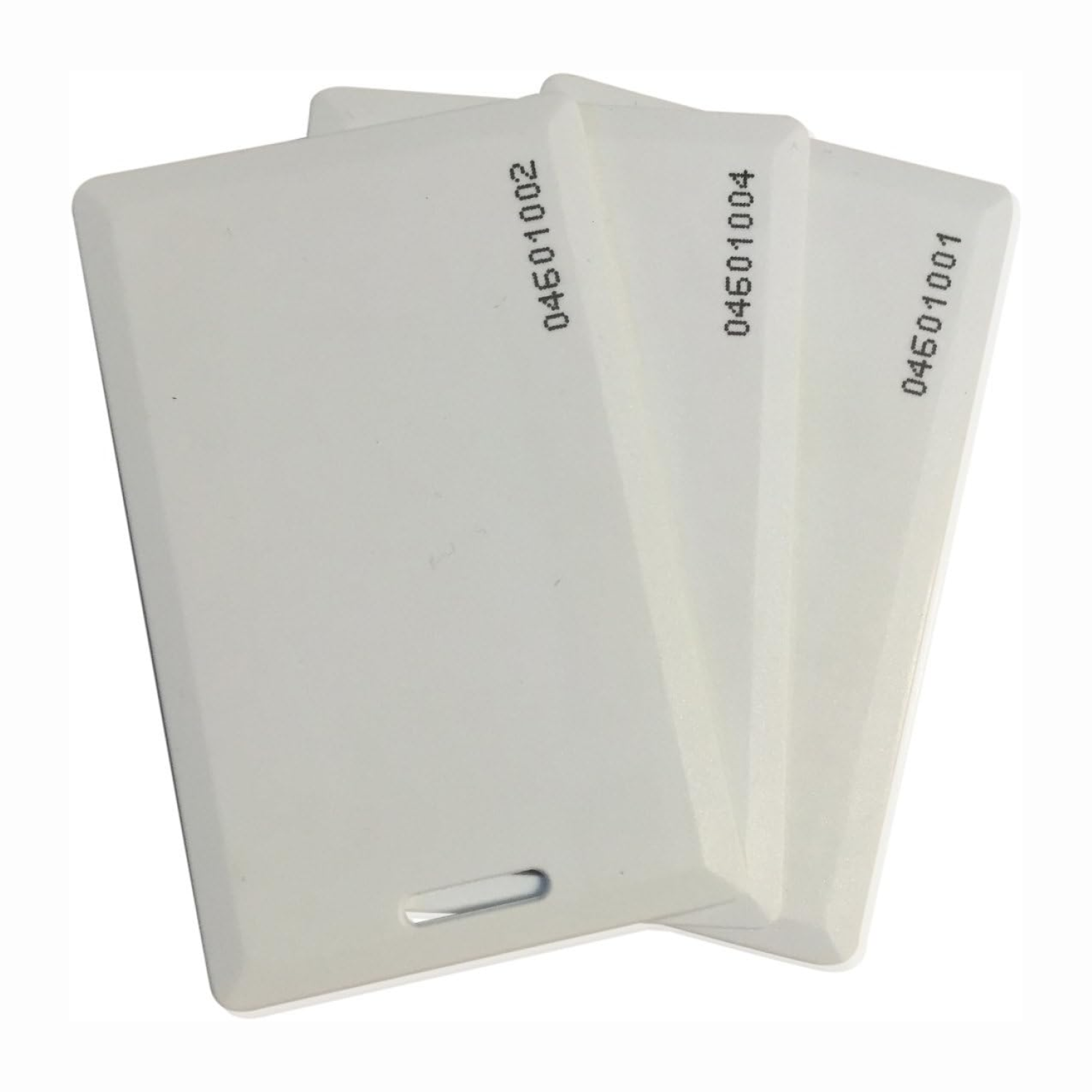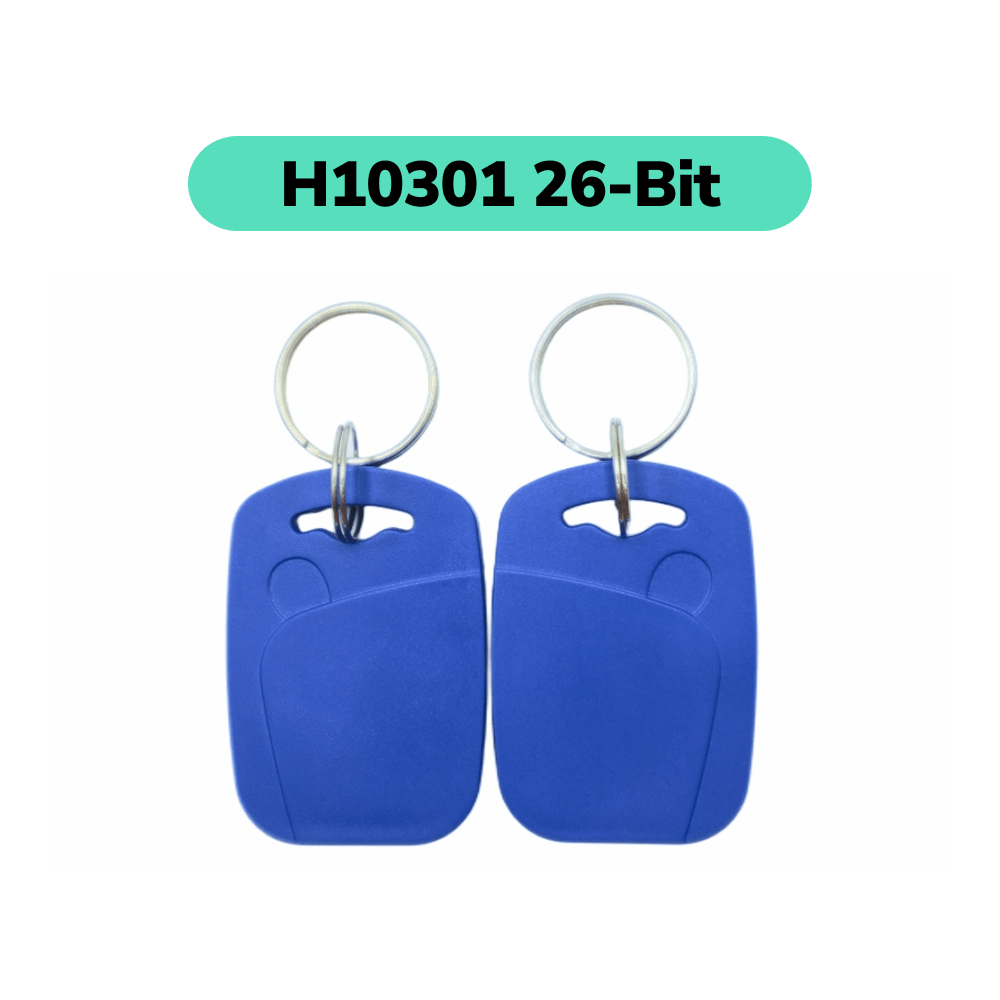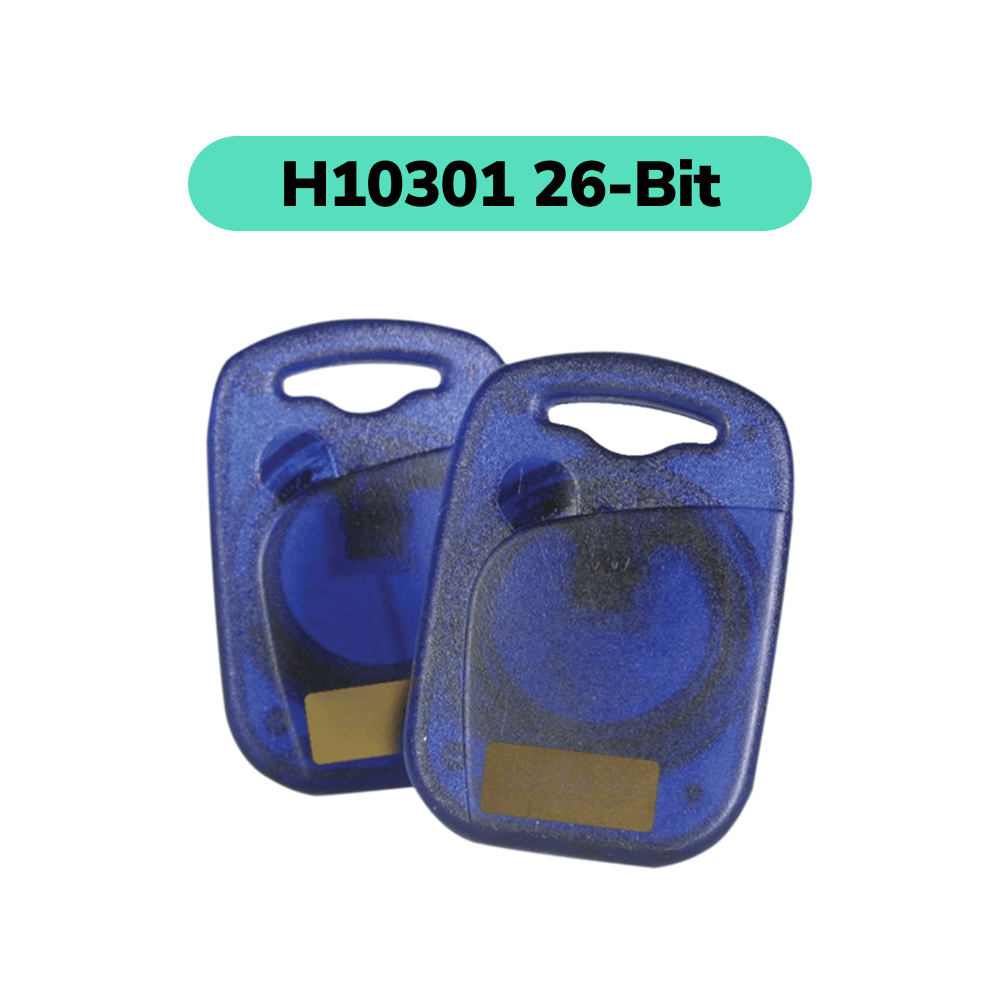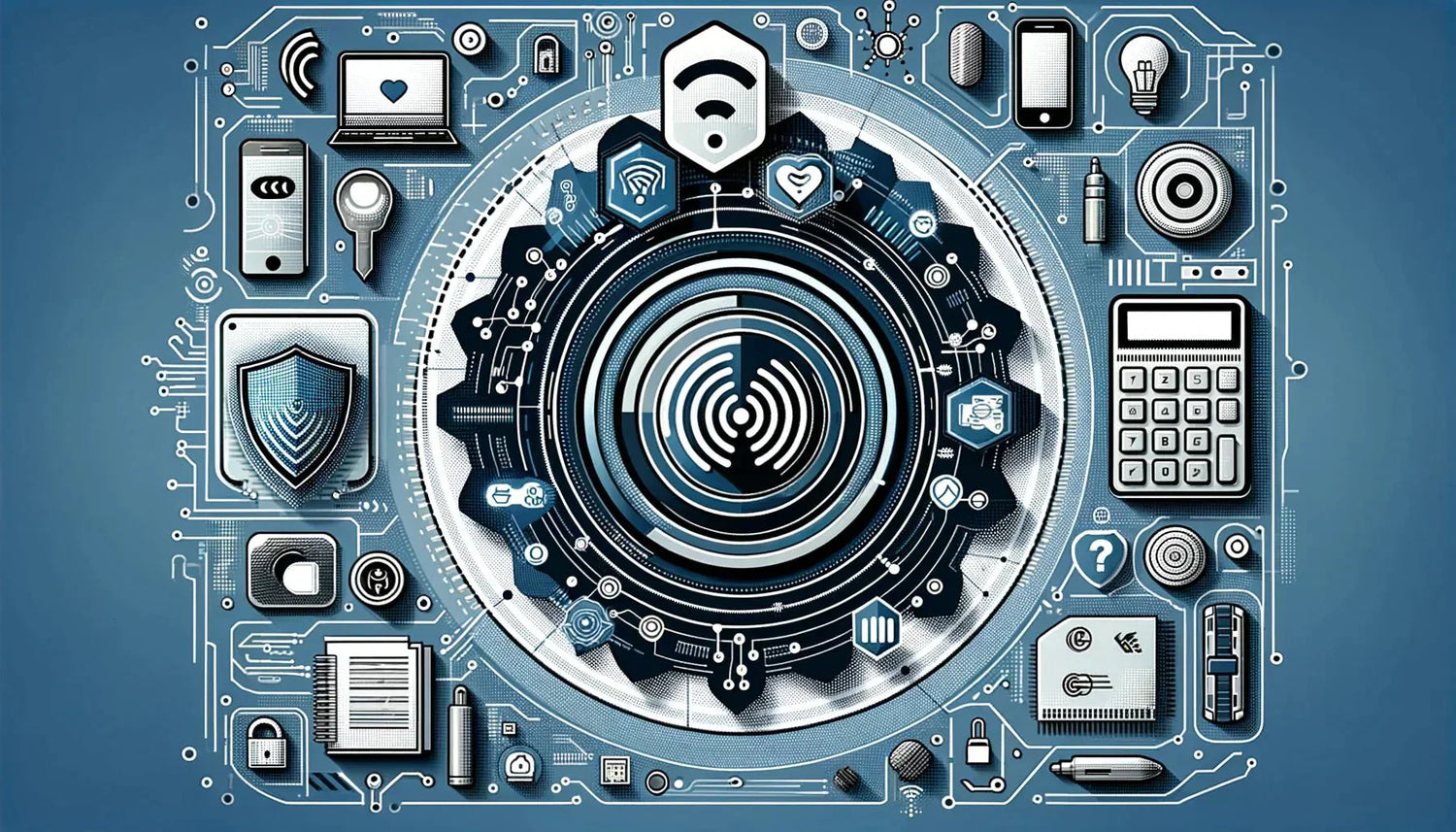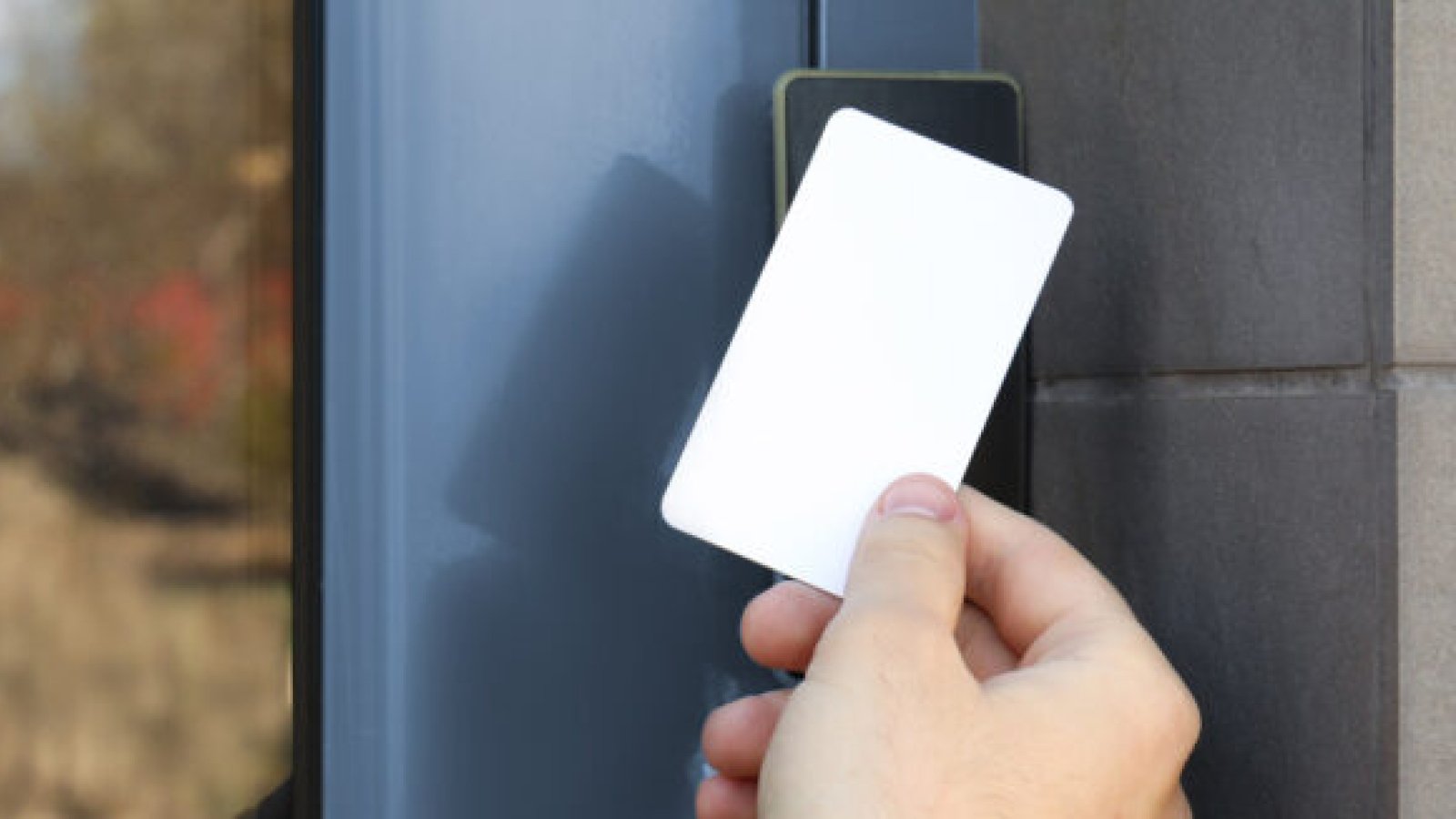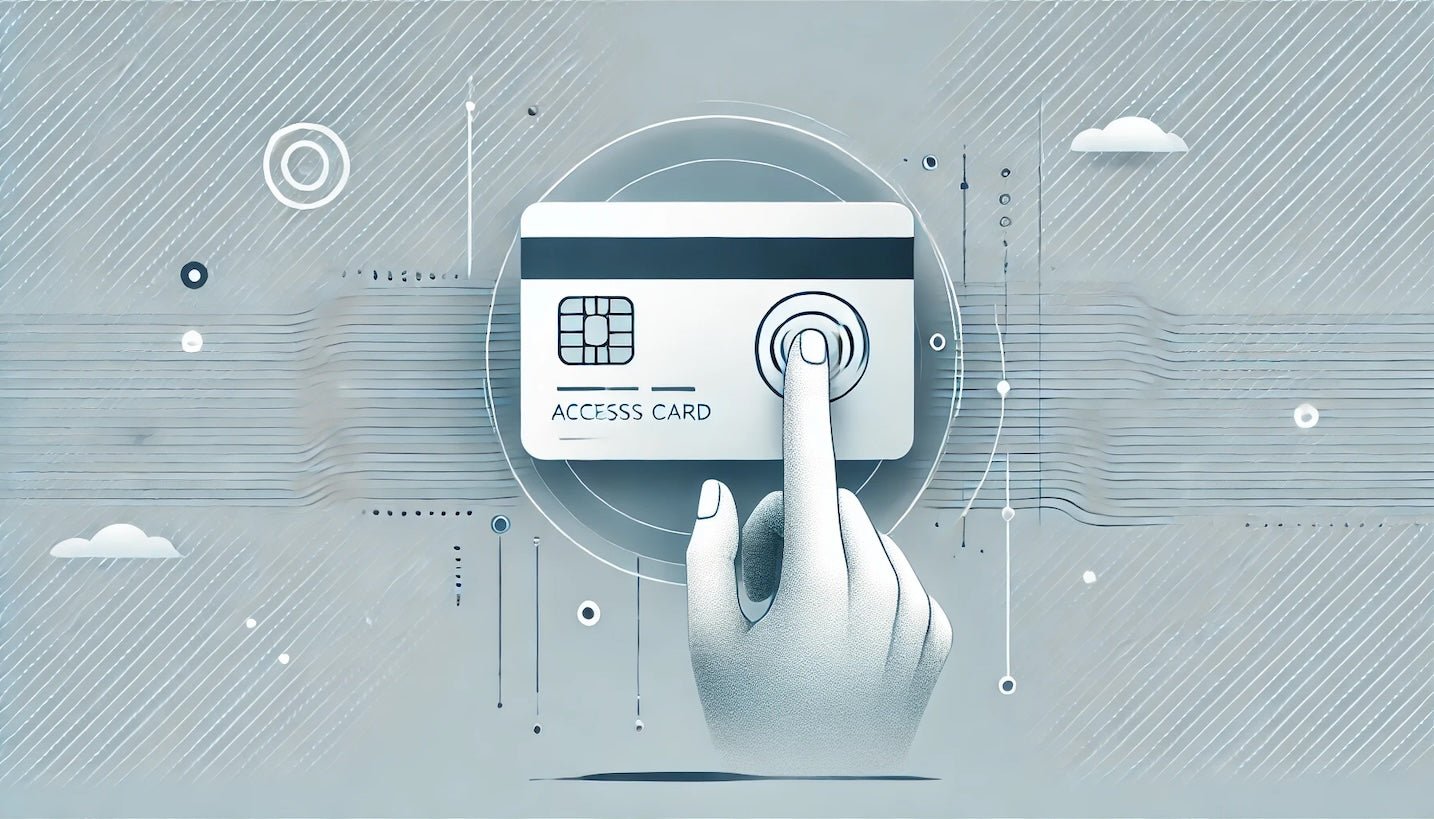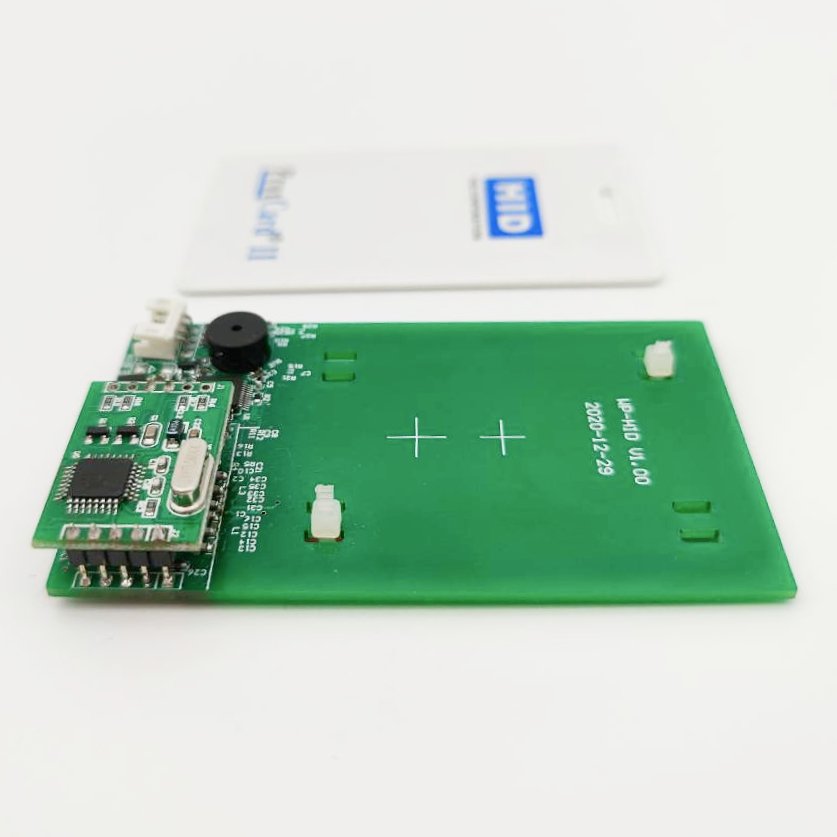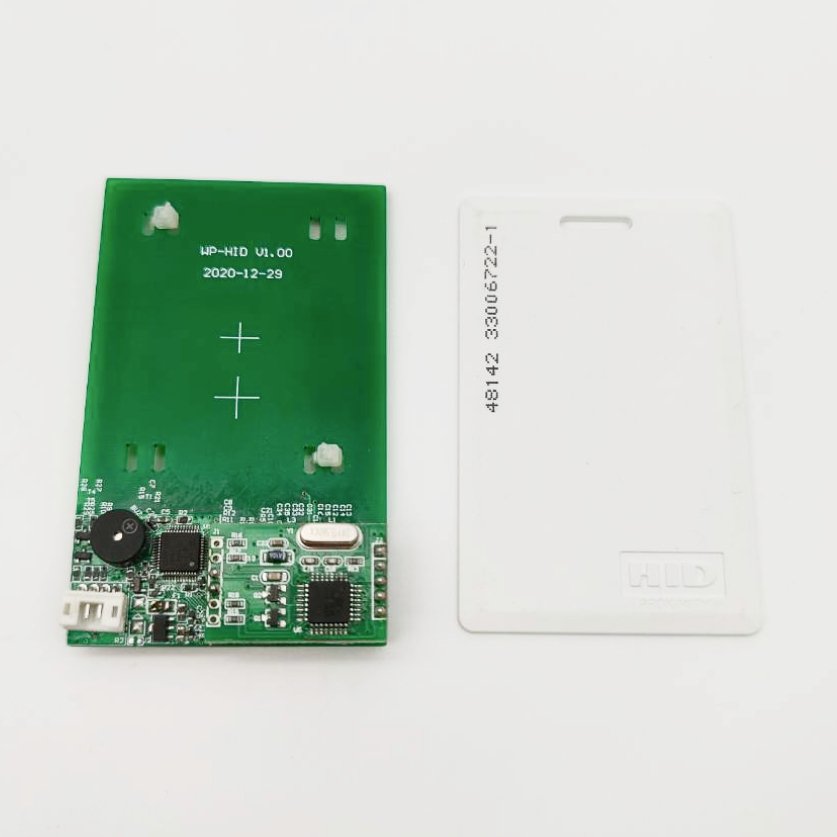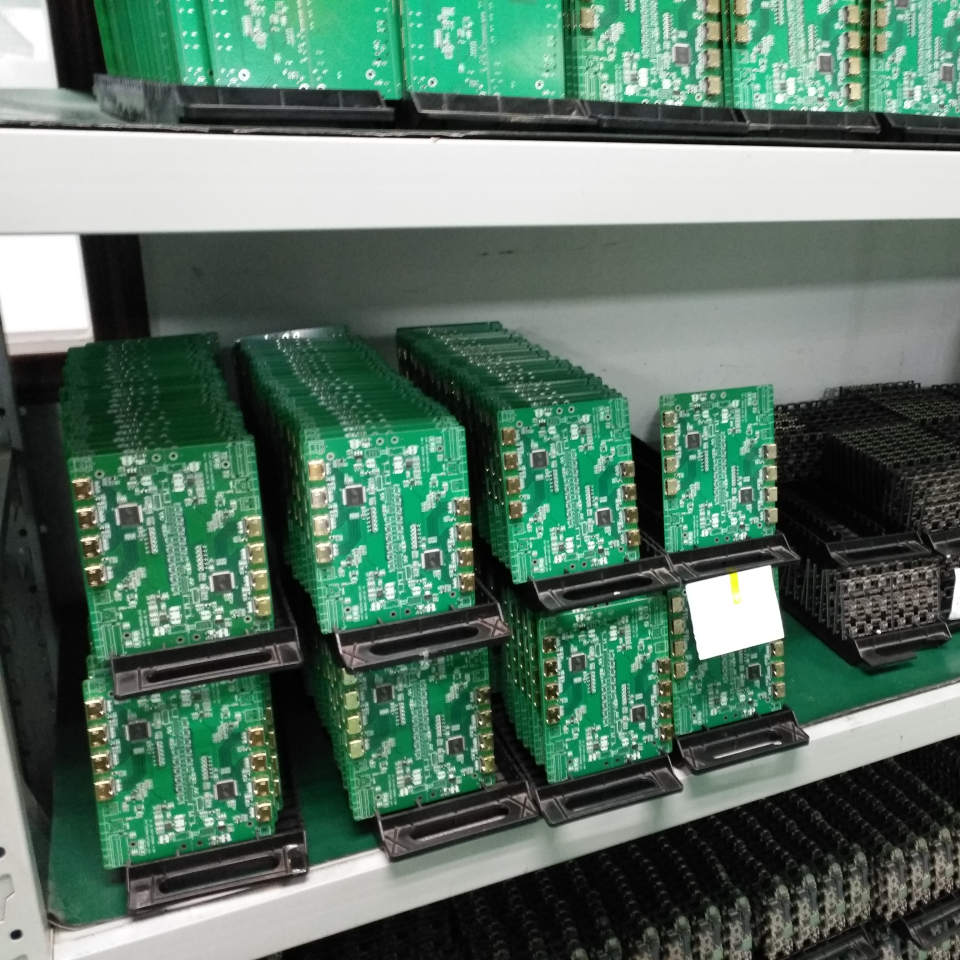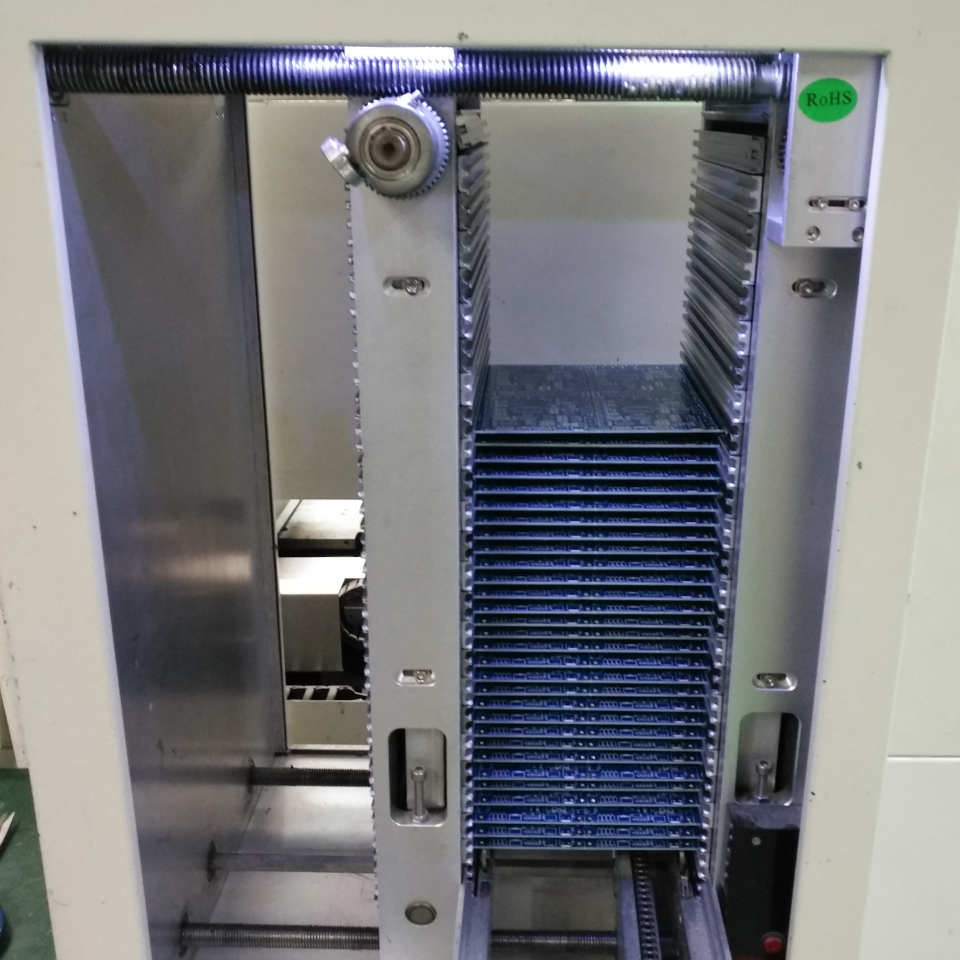What Are RFID Cards?
RFID cards, short for Radio-Frequency Identification cards, are a type of contactless technology primarily used for securing and tracking items. Unlike traditional cards, they don't need to be swiped or inserted into a reader. Instead, they communicate wirelessly, making them convenient for a variety of uses like access control, transportation, and payment systems. Their unique feature is their ability to store and transmit digital data through electromagnetic fields, enhancing security and data integrity in everyday transactions.
How Do RFID Cards Work?
RFID cards function through a small chip and an antenna embedded within the card. This chip is capable of storing information, which can be transmitted to an RFID reader via radio waves. The process is seamless: when an RFID ID card is brought close to a reader, the reader sends out a radio signal, activating the chip. The chip then sends back the stored information, which is read and processed by the system. This technology enables quick, secure, and contactless data transmission, making transactions and access both efficient and convenient.
What Are Proximity Cards?
Proximity cards, often referred to as prox cards, are a specialized type of contactless card used mainly for physical access control. These cards typically operate at a lower frequency of 125 kHz, which differentiates them from the higher frequency cards.
The lower frequency means they have a shorter read range, usually from a few inches to a foot, making them ideal for controlled environments like secured entrances.
Proximity cards are embedded with a small antenna and a preprogrammed identification number. They are widely adopted in various settings, such as office buildings, hospitals, and schools, offering a quick, easy, and secure method for controlling access to restricted areas.
How do Proximity Cards Work?
Proximity cards contain a small radio frequency (RF) transmitter and must be close to a reader to function, typically within a few inches. When a proximity card comes near a reader, the reader sends out a signal, energizing the card. The card then transmits its code to the reader, which checks this code against an access control list. If the code matches an authorized entry, the door unlocks or grants access. This process, while quick and user-friendly, relies on less secure technology than more advanced systems, making them more susceptible to cloning and security breaches.
Here you will also explore details of difference between low and high frequency of RFID.
RFID Cards vs Proximity Cards Summary
| Feature | RFID Cards | Proximity Cards |
|---|---|---|
| Operating Frequency | Higher frequency (typically 13.56 MHz for HF and up to 960 MHz for UHF) | Lower frequency (typically 125 kHz) |
| Communication Range | Longer range (up to several meters) | Shorter range (few inches to a foot) |
| Applications | Broad applications (inventory tracking, payment systems, identification, etc.) | Primarily used for access control (buildings, rooms, secured areas) |
| Security Features | Advanced security (encryption, mutual authentication, data storage) | Basic security (mainly ID number recognition) |
| Data Storage Capabilities | Higher (can store more data, suitable for multiple applications) | Lower (limited data, usually just an ID number) |
| Cost | Generally higher due to advanced technology and features | Generally lower due to simpler technology |
| Usage Flexibility | Versatile, used in various environments and systems | More specific, mainly used for door and access control |
What are HID Cards?
HID cards are a type of proximity card specifically designed for access control systems. Developed by HID Global, these cards are widely used in various security applications, from corporate offices to government buildings. They're recognized for their durability and high level of security.
HID cards come in various technologies, including basic proximity, smart cards, and biometric cards, catering to different security needs and access levels.
What is the Difference Between HID and Smart Cards?
The main difference between HID (High Frequency Identification) cards and smart cards lies in their security features and applications. HID cards are primarily used for opening doors and accessing controlled environments.
Smart cards, on the other hand, carry embedded microprocessors that enable them to store much more information and perform multiple functions like making payments or storing biometric data. Smart cards provide higher security through encryption and are used in more complex systems, including national identification, healthcare records, and financial transactions.
Main HID Card Types
The most common types include
Prox Cards (125 kHz RFID)
- Technology: Low-frequency RFID
- Security: Basic, with minimal encryption and standard ID number recognition
- Data Storage: Limited, primarily used for identification numbers
- Range: Short read range, typically a few inches
- Application: Commonly used for physical access control in buildings and secured areas
- Cost: Generally more affordable due to simpler technology
FREE HID H10301 Format Prox Cards
If you're looking to save on your access control system with more affordable Prox card options, you can try our H10301 format prox cards for FREE!
Shipping is also included. Everything on us!
iCLASS Cards (13.56 MHz HF)
- Technology: High-frequency RFID with secure data encryption
- Security: Enhanced security features including mutual authentication, encryption, and secure key management
- Data Storage: Moderate, capable of supporting multiple applications on a single card
- Range: Mid-range, allowing for read distances of up to a few feet
- Application: Versatile usage including access control, biometric authentication, and cashless vending
- Cost: Higher than Prox cards due to advanced security and technology features
Seos Cards (13.56 MHz HF)
- Technology: Latest high-frequency RFID technology with full data encryption and virtual credentials support
- Security: Highest level of security with advanced encryption methods and protection against cloning and eavesdropping
- Data Storage: High, supports multiple applications and data types
- Range: Comparable to iCLASS, with mid to long-range communication capabilities
- Application: Ideal for government, healthcare, and education sectors requiring the highest security levels
- Cost: Premium, reflecting the cutting-edge security and flexibility
Prox cards are suitable for basic access control card needs, iCLASS cards offer a balance between security and functionality, and Seos cards provide the highest level of security and data protection for sensitive applications.
How to Determine HID Card Format?
- Review System Documentation: Examine your access control system's documentation for any mentioned card formats or specifications.
- Analyze the Card: Use a card reader to read the card's frequency, data structure, and encoding type.
- Consult Manufacturer Details: Check the card or packaging for manufacturer information that may include the format, or contact them directly with the card serial number.
- Access Control Software: Log into your system's software to review the card format settings or the last card scanned.
- Cross-Reference Standards: Compare your findings with standard HID format references to identify the exact format.
What Are Mifare Cards?
Mifare cards are a type of contactless smart card technology widely used for electronic ticketing, access control, and cashless vending applications. Developed by NXP Semiconductors, they offer enhanced security features, such as encryption and mutual authentication, compared to traditional RFID cards.
Mifare cards are prevalent in public transport networks, schools, and corporate buildings, providing a convenient and secure way to handle transactions and access control.

